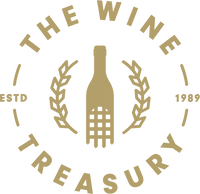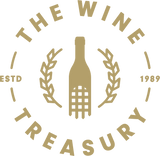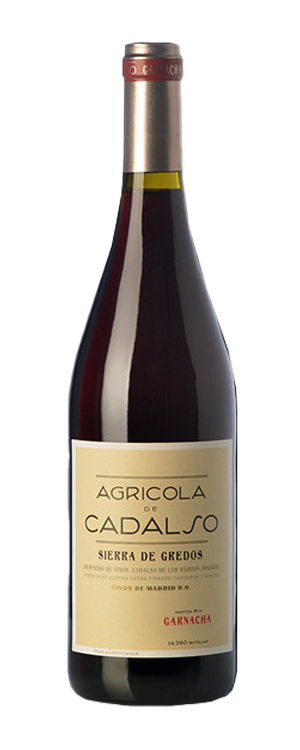Sean Thackrey by Rod Smith MW (from winesearcher.com)
Sean Thackrey, an independent Californian winemaker par excellence, died after a 10-year battle with cancer at the age of 79.
As a winemaker he defied definition. He did not hold the notion of terroir in any great esteem, and yet he certainly knew, and rejoiced in, good fruit when he saw it. He used the same vineyards to produce similar results in many vintages. But he was not afraid to blend across vineyards, varieties, vintages, anything really – for Thackrey the ends justified the means.
When his wines were listed by the UK retailer Oddbins in the 1990s, their marketing department sent (by fax) their usual demand for product information. Thackrey's reply for "grape variety/ies" for his Pleiades blend was "Grape varieties? I don't know! Red ones I guess. Mainly anyway."
Some of the vineyards Thackrey used were pre-Prohibition field blends in fact, so no-one could have known for sure. That was part of the magic.
Pleiades was probably his longest produced wine – a lot-numbered non-vintage blend of Syrah, Sangiovese, Carignan, Nebbiolo, Zinfandel, Grenache and whatever else came to hand and tasted "right". All his wines were named after constellations, from his first, a Merlot and Cabernet blend in 1981 called Aquila, to his most celebrated, a largely Syrah single vineyard wine called Orion, originally from the Rossi Vineyard in St. Helena. The winemaking was indeed "under the stars" – usually literally – at his home, surrounded by eucalyptus trees, in Bolinas on the coast, north of San Francisco.
The grapes were received, sorted, and allowed to rest, or begin to ferment, in open top vats outside with no temperature control. It's a miracle not just that the wines were spectacular, but that they happened at all. A few lost batches did lead the otherwise untrained Thackrey to take a winemaking course at Davis, but his ability to assimilate knowledge was one of his many gifts, and he said that he had little time for a scientific approach to winemaking in any case. Despite these few bacterial problems early on, his attitude was, in his own words in an interview in 2004: "The absence of defects is not the presence of virtues."
He was born in 1942 in Los Angeles to Winfrid Kay, a script-editor, and playwright and journalist father, Eugene.
His own education was as eclectic as his life was later to become and, although he studied art history in Portland, Oregon and then lived and studied in Vienna and Paris, he gained no formal qualifications. He did, however, eventually come to speak at least five languages fluently, and to read and translate medieval Italian and French.
Once he returned to California, he settled in Bolinas and became an art dealer in San Francisco, specializing in early photography. He was also an accomplished photographer himself. He started making wine in 1981 and, from 1995, it became his sole professional occupation. However, his collection of viticulture- and winemaking-related literature became his second life's work, and included pieces from the 6th Century to around the middle of the 19th – he was really not interested in anything "modern". He took great pride and pleasure in transcribing and translating these works, making them available for anyone, for free, on his website: wine-maker.net. The collection was sold a few weeks before his death for $2 million.
Against this backdrop it is remarkable that the wines became anything much, but they did, being regularly awarded scores and descriptions as stellar as their names, and becoming highly sought-after and collectible.
In spite of the demand that this created, and his seeming reclusive nature hidden away in Bolinas, Sean was a generous, hospitable, philosophical and warm-hearted host, and always happy to welcome anyone who made the effort to go and see him. I visited him several times in the 1990s and 2000s. On the first occasion he was in the middle of translating a text for the Smithsonian, it was sitting on his lectern and he casually told me that it was probably the most valuable thing in an unlocked room in the whole country, but that he had two issues: "I can't find the key – AND my medieval Italian is a bit rusty."
Looking like a cross between Robert Redford and a gone-to-seed Peter O'Toole, and with an infectious hyena-like laugh, he embodied erudition and charm. The last time I saw him was in February, and it was obvious that his illness was taking its toll, but he still laughed as he always had.
(reproduced by kind permission of www.winesearcher.com)


